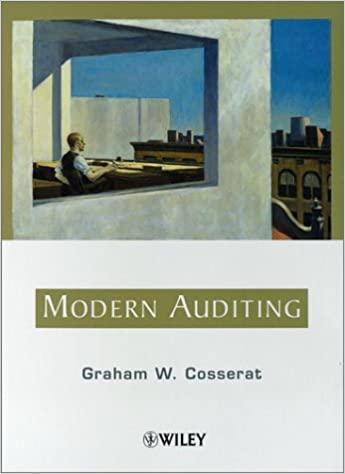Question
2. The Government is considering a multi-purpose river valley project in which would involve construction of a dam, a reservoir, a power house, and several
2. The Government is considering a multi-purpose river valley project in which would involve construction of a dam, a reservoir, a power house, and several irrigation canals. The project would supply water for irrigation, generate electricity, and provide a measure of protection against floods. The following information has been gathered by the project control board.
The project will require the following during the construction stage:
i) locally produced power equipment costing Ks 200 million;
ii) imported power equipment costing $ 10 million;
iii) 20,000 tonnes of steel produced locally and made available to the project at Ks 6000 a tonne;
iv) 350,000 tonnes of cement produced locally and made available to the project at Ks 800 a tonne;
- other construction materials (sand, bricks, ballast, etc.) costing Ks 100 million;
vi) 25 million man-days of unskilled labour for which the project control board has decided to pay a daily wage rate of Ks 10; and
vii) skilled labour costing Ks 100 million.
Once commissioned, the operating and maintenance cost of the project would be Ks 35 million per year. The annual benefits that would be expected from the project would be as follows:
i) 300,000 acres of land will be irrigated;
ii) 120 million units of electricity will be generated for domestic use; and
iii) flood damages to the extent of Ks 10 million will be saved annually.
The following additional information is available:
i) power equipment produced locally is a tradeable item whose FOB value is $ 15 million;
ii) a grant of $ 10 million, available from a foreign agency, can be used for acquiring an imported equipment. The grant, however, is not project-tied. Hence, if it is not assigned to the project, it can be used for some other purpose;
iii) The shadow price per dollar is Ks 12, though the official price is Ks 10;
iv) steel is a tradeable item whose FOB value is $ 400 per tonne;
v) cement is not a tradeable item. One-half of the cement required for the project will come from additional domestic production which has a cost of Ks 700 per tonne; the other half will come from diversion from other consumers, who are willing to pay, on average, Ks 1,200 per tonne;
vi) other construction materials are non-tradeable items. The requirement of the project will be met by way of additional production. The cost of this production will be Ks 80 million;
vii) The shadow price of unskilled labour is Ks 5 per day;
viii) the compensation paid to skilled labour reflects what others are willing to pay for their services;
ix) the operating and maintenance cost of Ks 35 million reflects economic value as well;
x) the water levy by the project control board would be Ks 100 per acre. However, the value of additional output per acre attributable the water supplied by the project will be Ks 400 per year;
xi) The electricity tariff charged by the project control board would be Ks 0.30 per unit. The consumer willingness to pay, however, would be, on an average, 50% more than the tariff charged; and
xii) the project control board is not able to collect anything for the protection provided against floods.
Task1: Identify the target groups and stakeholders of the river valley project
Task 2: Comprehensively identify the cost and benefit items of the River Valley Project
Task 3: Value the cost and benefit of the River Valley Project and discount them.
.
The assignment is to be submitted in soft copy (word doc
Step by Step Solution
There are 3 Steps involved in it
Step: 1

Get Instant Access to Expert-Tailored Solutions
See step-by-step solutions with expert insights and AI powered tools for academic success
Step: 2

Step: 3

Ace Your Homework with AI
Get the answers you need in no time with our AI-driven, step-by-step assistance
Get Started


